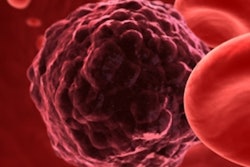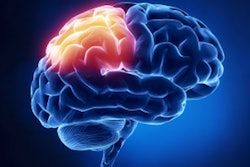Dear AuntMinnie Member,
New research being released this weekend has found that coronary CT angiography (CCTA) cuts deaths from heart disease by 41% compared with the current standard of care. The findings from the Scottish Computed Tomography of the Heart (SCOT-HEART) trial are being presented today at the European Society of Cardiology (ESC) meeting, while being published simultaneously in the New England Journal of Medicine.
Previous studies have examined the role of CCTA in guiding care for patients with heart disease, but the SCOT-HEART trial has followed its 4,000 individuals over a longer period of time: five years. Earlier SCOT-HEART results were released at 20 months.
According to the new findings, patients in the standard-care group had a 3.9% rate of heart attack or death, compared with 2.3% for those receiving standard care plus CCTA -- a difference that was statistically significant. Learn more by clicking here.
Check back on our AuntMinnieEurope.com sister site next week for more news from ESC 2018, such as this article on a new dedicated 1.5-tesla cardiovascular MRI scanner that was launched at the meeting.
3 ways AI will be used in radiology
The development of artificial intelligence (AI) algorithms for radiology is exploding. But what hasn't been decided is how these algorithms will actually fit into the daily practice of your average radiologist.
The question was addressed on Thursday during a workshop sponsored by the U.S. National Institute of Biomedical Imaging and Bioengineering. Dr. Paras Lakhani of Thomas Jefferson University proposed three possible models for integrating AI with radiology workflow: on demand, automated, and discrepancy management.
Learn more about how each model would work by clicking here, or visit our Artificial Intelligence Community at ai.auntminnie.com. While you're there, check out this story on how Facebook and New York University are collaborating to leverage the power of AI to make MRI scans up to 10 times faster.
Gadolinium and CSF
Finally, don't finish your weekend reading without visiting a new story on how Swiss researchers confirmed the presence of gadolinium in the cerebrospinal fluid (CSF) of patients who received a macrocyclic MRI contrast agent. The finding indicates that CSF could be the mechanism by which gadolinium moves from the bloodstream into brain tissue, they believe. The good news is that nearly all the gadolinium seems to have washed out of the CSF after two days -- at least with this particular contrast agent.
Learn more by clicking here, or visit our MRI Community at mri.auntminnie.com.




















